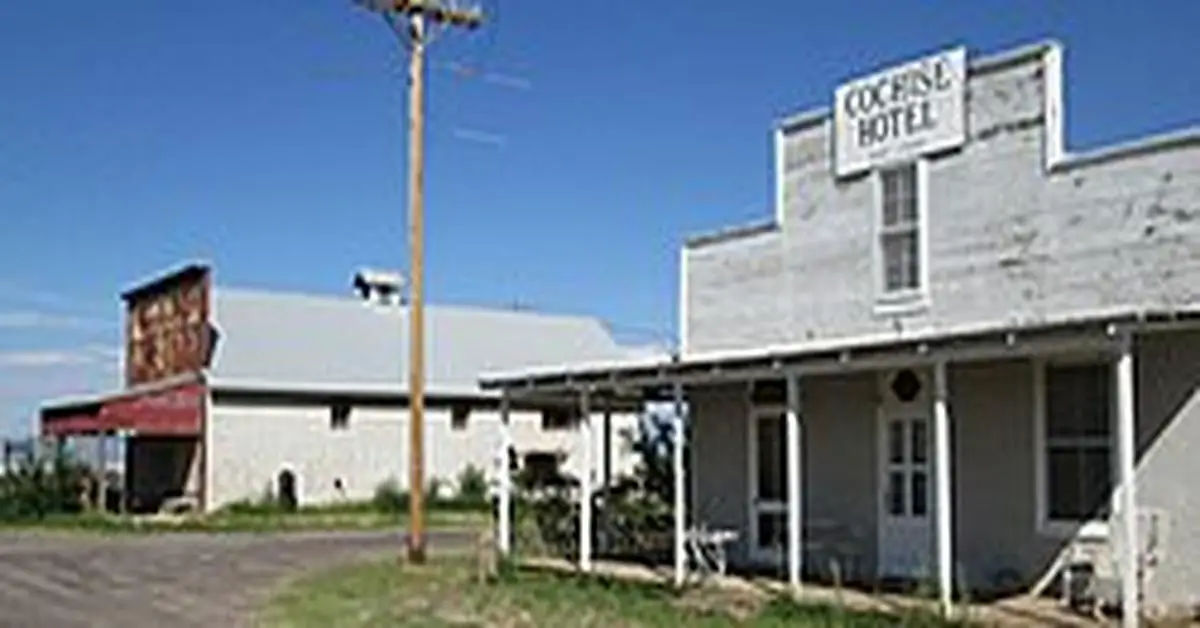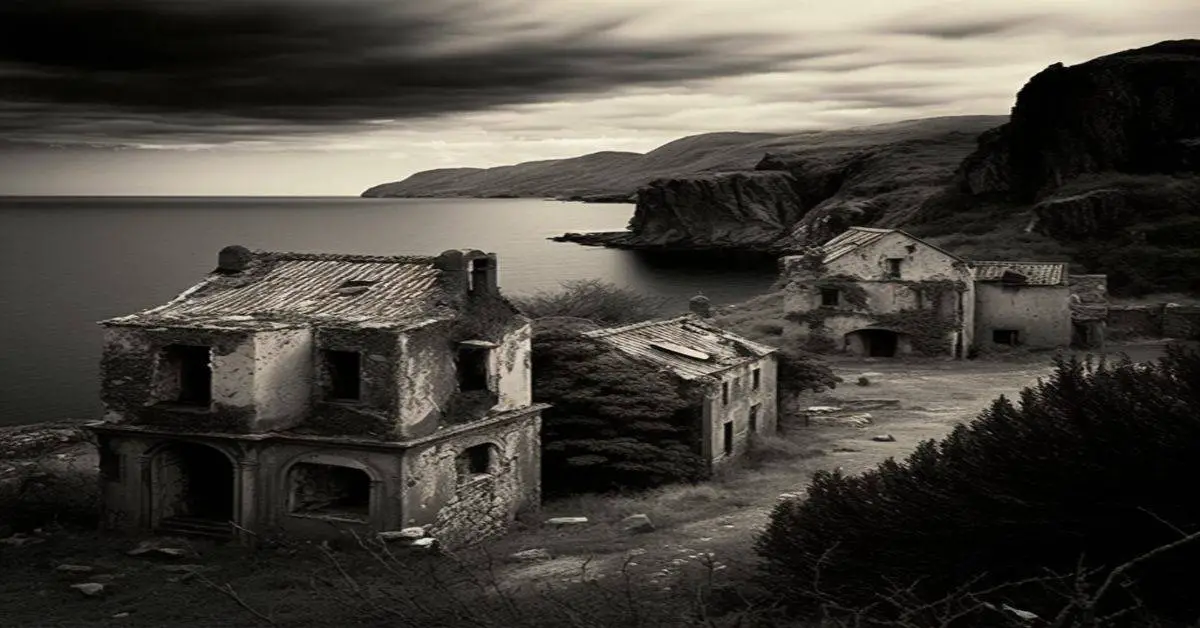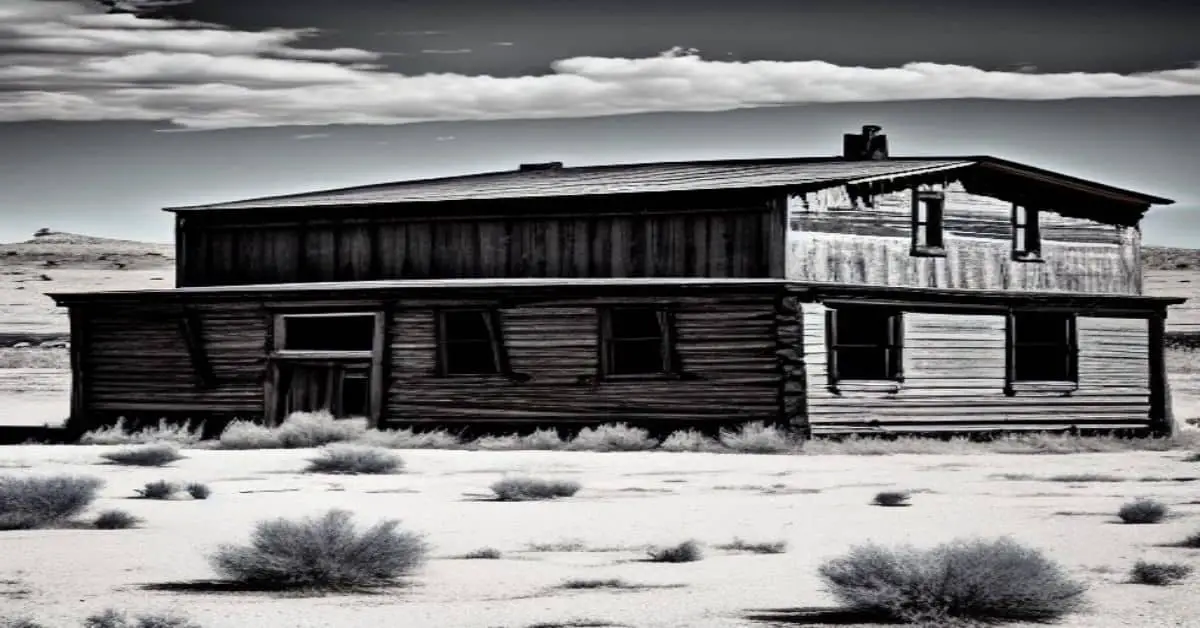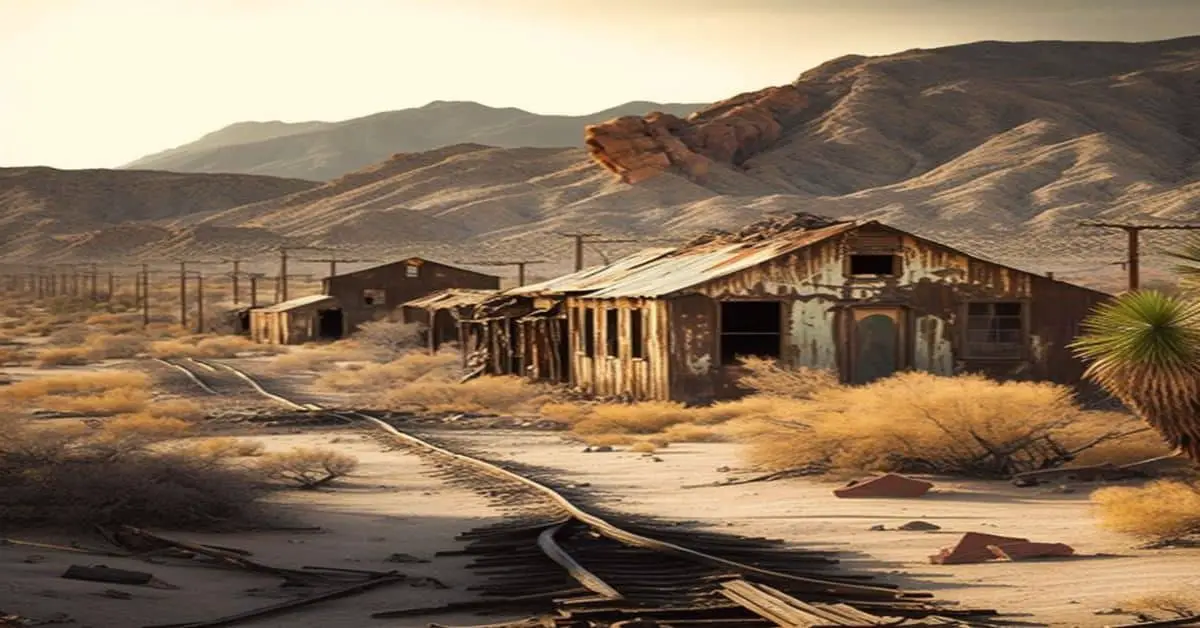Cochise, Arizona is situated in Cochise County and is a captivating deserted town with a rich history that intrigues many explorers and historians. Below is detailed information about the town.
County: Cochise County
Zip Code: Not available
Latitude / Longitude: 32.1162° N, 109.9059° W
Elevation: Approximately 4,186 feet (1,276 meters)
Time Zone: Mountain Standard Time (MST)
Established: 1880s
Disestablished: Not officially disestablished, but declined significantly in the mid-20th century
Comments: Cochise was once a bustling railroad town, strategically located along the Southern Pacific Railroad line. It served as a vital stop for trains and a supply point for nearby mining operations. The town was named after the famous Apache Chief Cochise, reflecting its deep-rooted connections to the region’s indigenous history.
Remains: Several historical buildings remain, including an old schoolhouse, a church, and remnants of residential structures. The Cochise Hotel, built in 1882, is one of the most notable remaining structures, and it still stands as a tribute to the town’s former prosperity.
Current Status: Cochise is considered a ghost town, but it still has a small population and some private residences. It maintains a quiet existence, with some structures preserved by enthusiasts and locals.
Remarks: Cochise offers a glimpse into Arizona’s vibrant past, especially its relationship with the railroad industry and mining. Its remaining buildings evoke a sense of nostalgia and allure, attracting visitors who are keen to explore the remnants of this once-thriving community. While it may not bustle with the activity it once had, Cochise remains a fascinating destination for those interested in history and the stories of the American West.



